Pocket reduction surgery is a collective term for a series of several different surgeries aimed at gaining access to the roots of the teeth in order to remove bacteria and tartar (calculus).
Reasons for the pocket reduction surgery
-
Reducing bacterial spread – Oral bacteria has been connected to many other serious conditions such as diabetes, heart disease and stroke. Oral bacteria contributes to damaging supporting structures of the teeth and can travel to various parts of the body from inside the bloodstream and begin to colonize, damage distant organ systems. It is important to decrease bacteria in the mouth in attempts to control destructive inflammatory gum disease and reduce the risk of contributing to systemic disease.
-
Halting / slowing bone loss – The chronic inflammatory response induced by oral bacteria leads to destruction of supporting structures (bone / soft tissue) of the teeth. As the jawbone becomes affected by periodontal disease, the teeth lose their rigid anchor, become too loose, and may require extraction.
-
Facilitate home care – As the gum pockets become progressively deeper, they become incredibly difficult to clean by the patient. The toothbrush and dental floss cannot reach the bottom of the pockets, increasing the risk of further periodontal infections. Pocket reduction surgery reduces the depth of these hard to reach pockets.
-
Enhancing the smile – An oral cavity that is affected by periodontal disease is not attractive to the eye. In fact, smiles may be marred by discolored, bleeding, swollen gums, Pocket reduction surgery slows the progression of gum disease and improves the soft tissue esthetics and smile.
If you have any questions about pocket reduction surgery or treatment for periodontal disease, please ask your periodontist.


